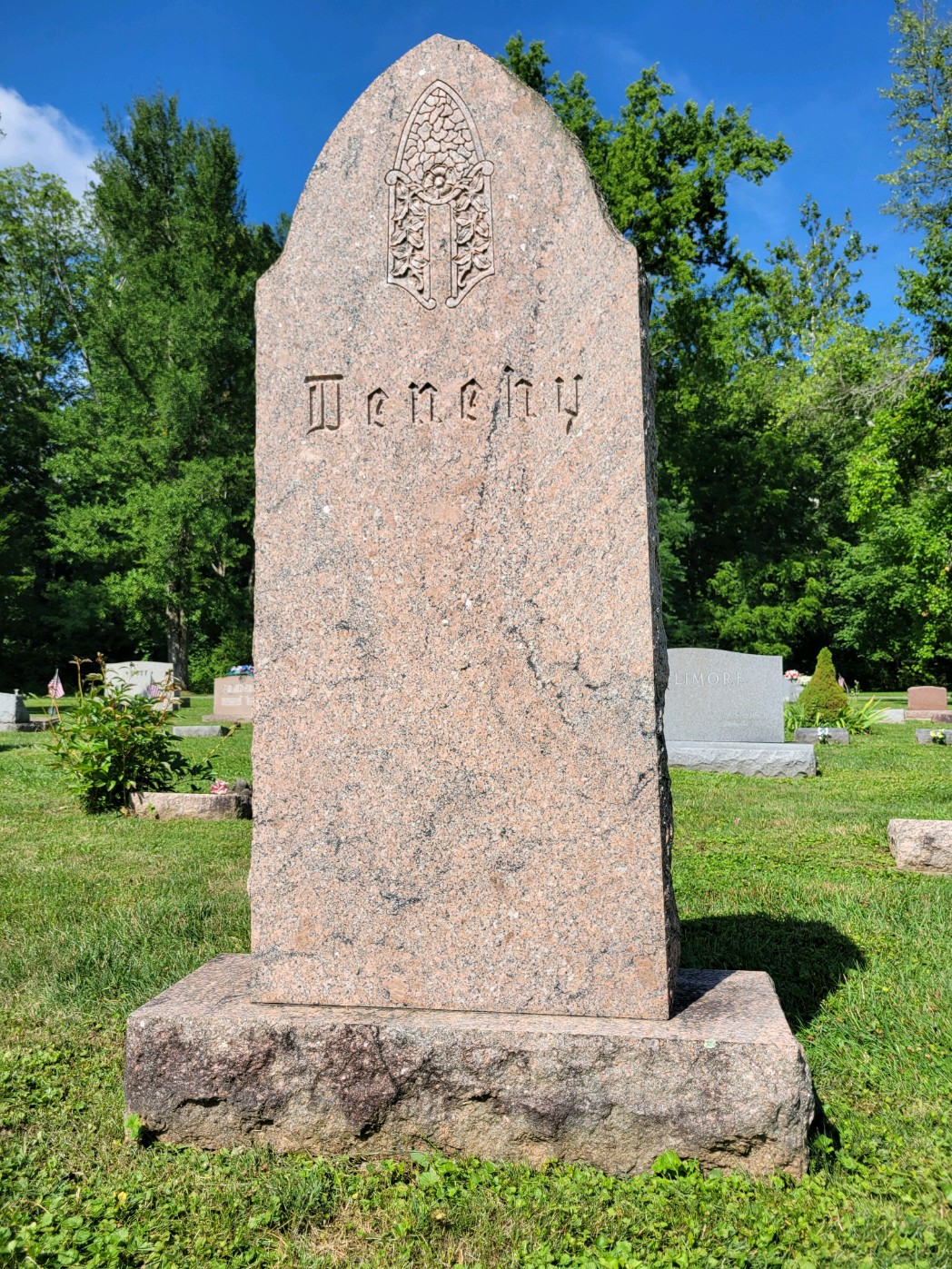Stony Creek granite was first quarried in 1885 in the town of Brandford Connecticut. The railway system close by made it perfect for transportation. If you have never seen the granite before, it is a light pink with white and black speckles and some light veining. Its pink hue comes from the concentration of iron in the potassium feldspar of the granite, formed from the cooling and solidification of magma from volcanic disruptions. The granite formed between 225 million and 650 million years ago.
The quarry reached its prime in the early 1900s and was a popular job for many immigrants coming to the states looking for work and a better life for their families. Though the work was dangerous in those times with weather conditions, long hours, and moving of blocks of granite weighing tons, they found steady work to support their new lives in the U.S.
At that time, getting to blocks of granite included, loosening soil, and clearing underbrush, and carting it out of the way so a quality seam could be found. Once that happened the men had to drill holes by hand and black powder was poured into the holes to open the seam with little damage. The blocks would be lifted with derricks and hauled to cutting sheds where they were cut and polished.
Once the quarry had completed the cutting and polishing, the transportation of the granite to the job site or the company that had contracted the quarry for a certain memorial was not easy either. Usually, it would take multiple cars to transport projects and the train speed was a factor as well. For large scale projects, the train would have to move under a speed of 10 miles an hour depending on the weight of the granites to prevent the train from overheating.
Because of the labor conditions in 1891 the workers formed a quarryman union. In 1900, the members went on strike asking for higher wages. During that time the top pay was about .35 cents an hour. The strike, as well as the outbreak of World War I, set the industry back.
The granite has many claims to fame including the base of the Statue of Liberty, The West Point Battle Memorial, much of New York City’s architecture, and many mausoleums of famous Americans such as the Ball canning jar family, the Proctor family (of Proctor and Gamble) and part of the façade of the William McKinley tomb in Canton, Ohio.
The quarry changed hands many times including the time span that the George Dodds and Sons granite company owned it. Today, the original quarry site is on the national historic registry. There is a Stony Creek Museum and tours of the quarry are available. According to some, the quarry is projected to be able to produce for another 350 years. To see this granite in person, we invite you to visit our showroom in Xenia, Ohio.

